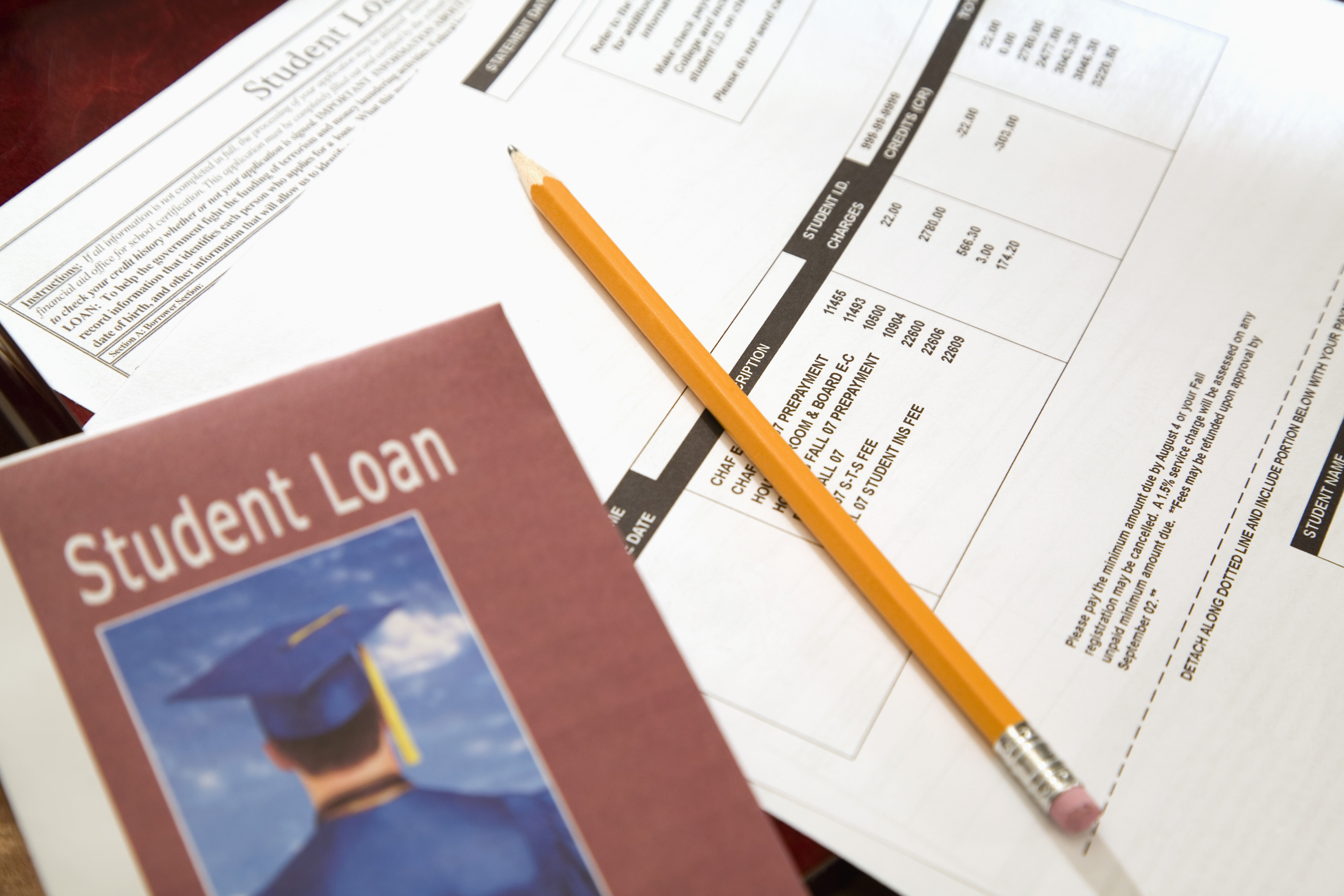

Paying Off Student Loan Debt: It’s Time to Make a Plan

If you’re struggling to pay back student loans, you’re in good company. Americans owe a total of almost $1.129 trillion in student loans.
Those figures can be pretty intimidating for recent graduates, especially those who haven’t yet found a job. So how can you pay off loans quickly and on time, avoiding the dark waters of default? Here are some tips.
1. Get organized
It’s important to know to whom you owe what, and to chart a course for paying it off. In addition to noting the total amount and the number of loans, write down how much must be paid on each loan and when and where payments are due. Use this information to factor your total monthly payments into a budget.
School loan payments should be prioritized just like rent and food, since missing them can have pretty dire consequences. Consider setting up automatic payments from your checking account, especially if you have multiple loans, to ensure that you don’t miss a due date. Keeping organized with a folder for all documents from lenders will help if you need to change repayment terms or decide to consolidate your loans.
2. Loan consolidation
If you have multiple loans and struggle to cover monthly payments because of the costs, or you just have difficulty keeping track of it all, consolidation may be a good idea. It involves borrowing enough money to repay all the smaller loans, streamlining the process so you’ll have just one, usually lower, payment to make each month.
Keep in mind that if you extend the term of repayment, making it longer than the terms were for the individual loans, your monthly payment may be reduced but ultimately you’ll pay more in interest. Also note federal and private loans must be consolidated separately—they can’t be lumped together.
3. Know your repayment options
If you’ve taken out federal student loans, there are several repayment options:
Standard repayment. Set monthly payments over a period of 10 years.
Graduated repayment. Lower initial payments out of school; then the amount increases over time until the loan is paid off.
Extended repayment. Payments are spread over 25 years instead of 10.
Income-based repayment. These plans use annual income to calculate monthly payments and can range from 10% to 15% of discretionary income, with repayment periods extended to variable lengths of as much as 25 years.
Loan forgiveness. After 10 years of payments, some people in public service positions such as some nurses, teachers, military personnel, police, firefighters, AmeriCorps, or Peace Corps volunteers can qualify for federal loan forgiveness.
4. Find support
Most creditors offer deferment or forbearance if you can’t make a payment. But it’s in your best interest to continue to make payments even in the most difficult situations, as the interest will still accrue and student loans aren’t usually forgiven even if you seek bankruptcy protection.







Good advice, forgive me but I am Canadian, is interest on student debt tax deductible?
Great question! I found on the IRS site, that you may be able to deduct interest you pay on a qualified student loan. Generally, the amount you may deduct is the lesser of $2,500 or the amount of interest you actually paid and it is subject to a phaseout. That means that the amount of the deduction gradually decreases and phases out completely if and when your modified adjusted gross income amount reaches the annual limit. There are some requirements though which you can find on the IRS site. Here is the link to that! Hopefully that answered your question! http://www.irs.gov/taxtopics/tc456.html